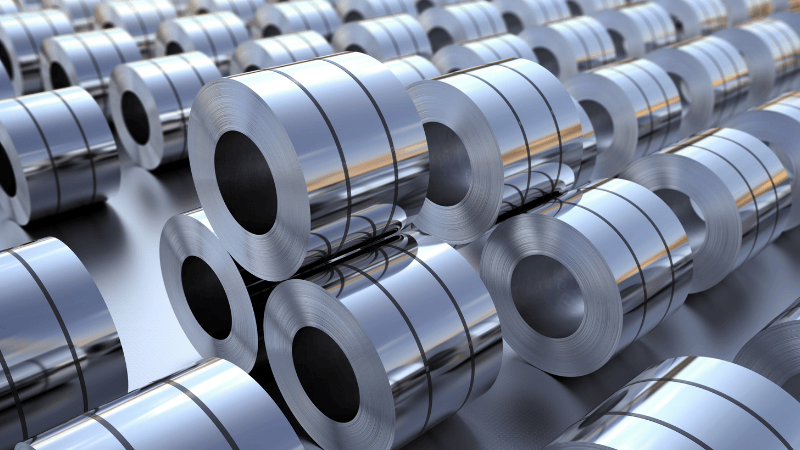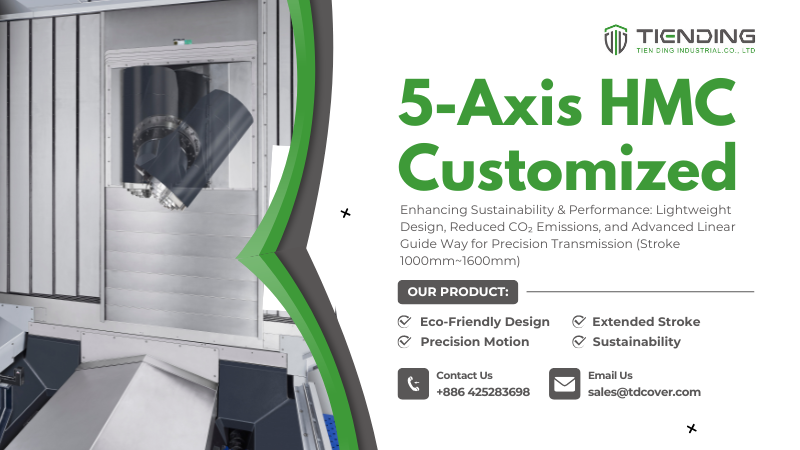Machining Ceramics: Challenges for Telescopic Covers

Ceramic machining is a highly demanding process that requires specialized techniques, tools, and strategies to achieve precision and durability. A comprehensive guide on the subject, found here, outlines several important factors that manufacturers must consider. At Tien Ding Industrial CO., LTD, we are particularly aware of these challenges as they directly impact the performance and longevity of our telescopic covers.
Challenges in Ceramic Machining
-
Brittleness of Ceramics Ceramics are known for their extreme hardness and brittleness. While this makes them ideal for high-strength applications, it also presents a challenge during machining. Ceramic materials are prone to cracking and chipping under mechanical stress, which requires precision handling and the use of diamond or silicon carbide tools to avoid damage.
-
Ceramic Powder Residue During the machining process, ceramic powder is generated, which can adhere to the surface of the machine tool components, including telescopic covers. This residue poses a significant issue for our telescopic cover systems, as it can cause abrasion and premature wear of the wiper devices. Over time, this can lead to wiper devices being ripped off or malfunctioning, which impacts the entire system’s effectiveness in protecting the machine bed and other components.
-
Limited Use of Oil and Coolant In many ceramic machining processes, the use of oils and coolants is limited or completely avoided to prevent contamination of the ceramic surface. While this is beneficial for maintaining the cleanliness and precision of ceramic parts, it introduces another set of challenges for telescopic covers. Without lubrication, the risk of rusting increases on metal components, especially if traditional materials are used for the covers. The absence of coolant can also cause temperature-related stress on the machine and telescopic covers, further affecting their durability.
Recommended Solutions for Telescopic Covers in Ceramic Machining
To address these challenges, stainless steel is the preferred material for telescopic covers used in ceramic machining environments. Stainless steel provides superior rust resistance, especially when the use of oil and coolant is restricted, ensuring that the covers maintain their integrity and do not rust over time. Additionally, regular maintenance becomes highly necessary in such conditions, as the buildup of ceramic powder and lack of lubrication can cause wear on the mechanism. By implementing regular cleaning routines, machinery can operate smoothly and avoid premature failure of key components.
Maintenance and Longevity
In ceramic machining, daily or frequent maintenance of telescopic covers and related machine parts is essential. Ensuring that all components are clean and free of ceramic powder will prolong the life of both the covers and the machinery. By using stainless steel and implementing proper maintenance practices, manufacturers can ensure a longer lifespan for their machine tool systems, even in such challenging conditions.
At Tien Ding Industrial CO., LTD, we continually innovate to meet the demands of machining environments like these. Our expertise in designing telescopic covers ensures that our customers receive durable, high-quality protection for their machines, tailored to the specific needs of ceramic machining.
For a more detailed understanding of ceramic machining, you can refer to this article.
Catagory
Recent News

Smarter Telescopic Covers Start Here: Tien Ding at EMO 2025

Machine Covers Rethought: Avoid Tariffs and Discover a Reliable Alternative Supplier
